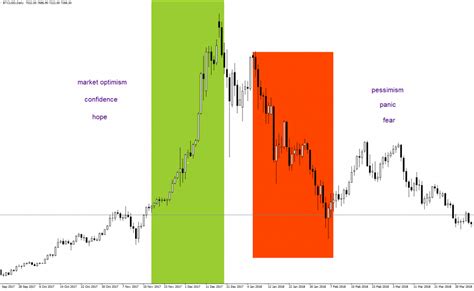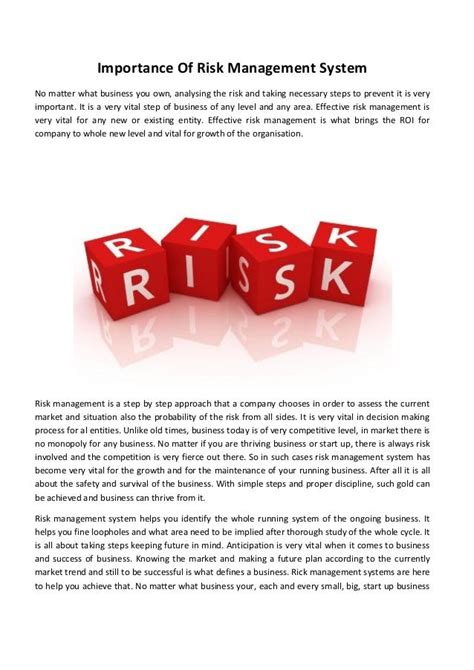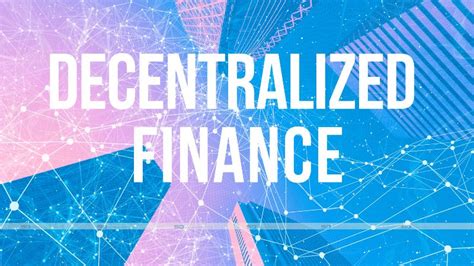Title: Increase in the alarming opinion of the cryptom market: how its changes can affect the prices of cryptocurrencies
Introduction
The world of cryptocurrencies has been wild since its creation. The encryption currency market has humbly started starting with the rise in prices and prices, their ineffectiveness and their unpredictability. A factor that has considerably influenced this volatility is the opinion of the market. In this article, we deepen the concept of market opinion and how it affects the prices of cryptocurrency.
What is the opinion of the market market?
The feelings of the market refer to the general attitude or the mood of investors to a particular asset class, in this case, the encryption currency. It covers a number of factors, such as the trust, feelings and expectations of investors who affect purchase and sales decisions. The feeling can be positive, negative or neutral and plays a crucial role in the design of the encryption price.
How do markets affect the prices of cryptocurrencies?
The market shackles have a deep impact on the prices of cryptocurrencies. Here are some ways to affect prices:
- Emotional influences : Fear and greed are two main feelings that guide market feelings. When investors become frightened or gourmet, they generally buy cryptocurrencies, assuming a long-term appreciation and by selling them in short-term risks. This emotional effect can lead to sudden price transfers.
- Investors’ confidence : With investors’ confidence, investors’ confidence plays an important role in determining cryptocurrency prices. A strong and growing investor base can support prices, while a base of narrowed or pessimistic investors can cause downward pressure.
- Social media and online platforms : Social media and online platforms are effective tools that strengthen market feelings. Chassis, such as Twitter, Reddit and social media, often circulate news and rumors on the cryptocurrency market that can affect emotions and prices.
- Regulatory changes : Regulatory changes in encryption encryption can have a significant impact on emotion. For example, a change in policies or regulatory requirements to Stablecine can change the confidence of investors and affect prices.
Directory of feelings
Several emotional clues have increased to measure market feelings in Krypto mode:
- OPIC study of Institutional Investors (IIS) : This study is carried out by the World Company for Investco Investment Management.
- Cryptoslate crypto feeling index : This repertoire follows opinions through various indicators, such as social media engagement, news coverage and investors research.
- Coinmarketcap Expersional : This tool analyzes market information to measure emotions for different cryptocurrencies.
Case studies

- Crash of the 2017 market: The crash of the 2017 cryptocurrency market was largely due to the combination of emotional effects (sadness) and the confidence of investors (losses).
- The rise of bitcoin to domination : The recent dominant position of Bitcoin has increased by increasing institutional investments, in increasing opinion in assets and reducing the uncertainty of regulation.
- Volatility of the market : Cryptic currency prices have experienced significant volatility in recent years due to a combination of factors, including changes in market emotions.
conclusion
Holders of the market play an essential role in the design of cryptocurrency prices. It is essential to understand how emotions affect the behavior and feelings of investors to predict price changes and make conscious investment decisions. While the Krypto space continues to develop, it is important to monitor emotional clues and stay up to date with market development that can affect prices.
Recommendations for investors
- Your versatile portfolio : Apply investments to different cryptocurrencies to minimize exposure to a property.
2







